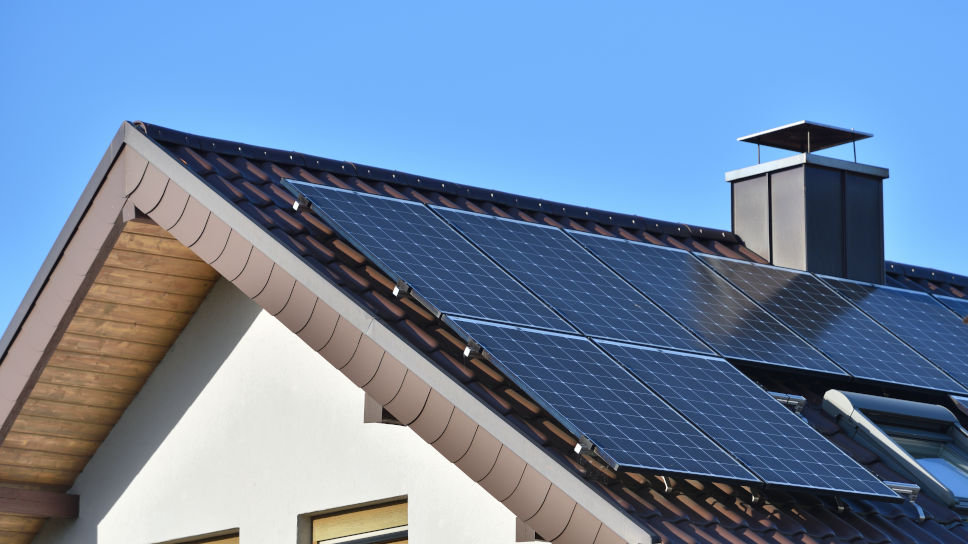What affects the speed of return on investment in photovoltaic panels?
How does photovoltaics function in our country? The profitability of its installation in Poland may initially raise doubts in terms of the country's location and its insolation. Studies clearly show that the number of sunny days in Poland is constantly increasing. In addition, Germany, despite similar climatic conditions, is a world leader in the use of solar energy.
How effective can photovoltaics be? The return on investment depends, among other things, on the building's demand for electricity. The choice of the number of panels installed is closely related to energy consumption. It is also extremely important to install them properly, i.e. at the right angle to the position of the sun in the sky, which affects the increase in efficiency by up to a dozen or so percent.
Photovoltaics - when will it pay for itself?
How profitable is photovoltaics? Return on investment can be made within about 5-6 years, taking into account the continuous increase in electricity prices. Each subsequent year of using photovoltaic panels makes a new profit. However, it should be assumed that the entire invested capital will return after approx. 5-10 years.
Why is it worth investing in photovoltaics? Profitability of installing modern solutions increases along with price rises and inflation as investing to keep expenses to a minimum is very beneficial, so if you quickly invest in a system such as photovoltaics, the payback will also come quite quickly.
PUR foam and the profitability of a photovoltaic installation
The cost-effectiveness of a photovoltaic system depends on several factors, including its correct installation. However, if the basic criteria of the house, such as airtight windows, doors or insulation of the building, are not fulfilled - the photovoltaic system alone will not bring any measurable effects. Heat loss has a negative impact on the panels outcome.
To fully benefit from the potential of photovoltaic panels, you need to take care of the full thermo- modernisation of your home. First, decide to insulate the foundations, walls, ceiling and roof. One of the most effective methods of thermal insulation of a house is PUR foaminsulation, e.g. Purios E, which ensures best conditions inside the house.
The unquestionable advantage of polyurethane foam is its lightness - it does not burden the roof structure on which photovoltaic panels are to be placed. Moreover, foam allows for perfect tightness and cohesion of insulation. It minimises dampness on walls, roof and ceiling due to low air permeability threshold. Polyurethane foam allows reducing costs of heating buildings and does not lose its properties for many years.
If you plan to install photovoltaic panels, it is necessary to check the conditions of your house. Have it audited for energy, which will point out weak points and elements to improve. This will allow you to fully enjoy the effects that photovoltaic panels will bring.

 This website uses cookies. By using this website, you consent to the use of cookies in accordance with your browser settings.
This website uses cookies. By using this website, you consent to the use of cookies in accordance with your browser settings.